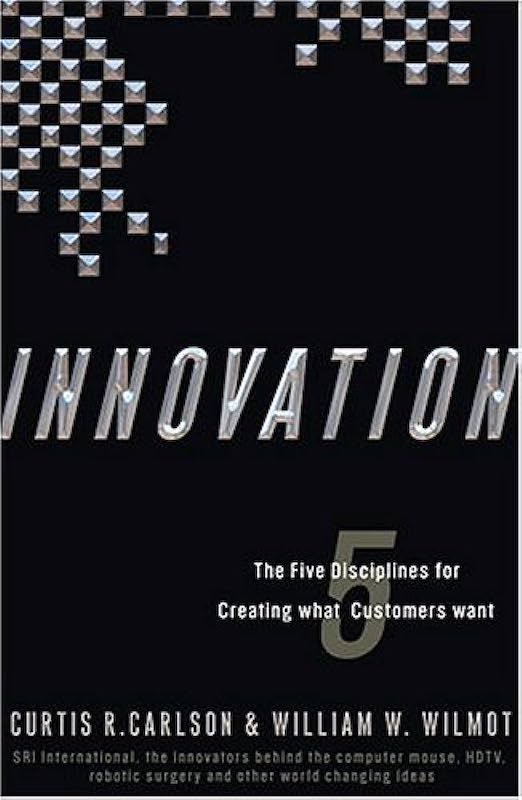originally posted elsewhere: November 19, 2006
tl;dr: A decent attempt to codify the process of innovation...
Innovation is often thought of as a random flash of brilliance and insight, and this book properly dispels that notion. It also properly defines innovation as anything which creates value (a new product, obviously, but also a new production process, a new customer service method, or even a new marketing campaign). To survive and thrive over the long term, in today's faster-than-ever paced global economy, companies do need to continually excel at innovation. Hence the need for a repeatable process which raises the odds of success at innovating. Innovation is SRI (Stanford Research Institute) CEO Curtis Carlson's and William Wilmot's attempt to codify just such a process.
Those who are expecting an exact, precise detailed blueprint or set of instructions are going to be disappointed, although I don't believe it is possible to precisely describe a series of steps that, if followed exactly, will guarantee a successful innovative organization. Innovation contains a lot of generally good advice, although much of it was familiar to me and probably is to most business people. Concepts such as customer value, elevator pitches, well-honed value propositions, champions for new initiatives, and best practices for forming and running teams are all topics that have received a lot of ink in other business publications.

Although most of the lessons in the book can be applied to most companies, a few are particular to research institutes such as SRI. As an example, one of the problems at SRI was that scientists would work on interesting scientific or technical challenges which weren't important to a business case. Hence Carlson's advice to work on important problems, not interesting ones. At most companies, the challenge is that there are too many important problems than can be worked with the available staff and resources, and choices must somehow be made.
Like most any business book, Innovation is probably most useful as a general guidebook and framework for companies and businesspeople to use as a tool for probing and attempting to improve their own business models. A fair number of the recommendations are high level ones, and the more specific recommendations will have to be adapted to fit different companies. For example, the "watering hole" structure and meeting frequency fits well in a multi-disciplinary research organization such as SRI, but in other smaller technology companies the members of the "watering hole" might be the executive staff, or a cross-functional team working on a new product concept. The executive staff and cross-functional teams may already meet on a regular basis, but it will be up to the reader to decide if the quality of the discussions fits what Carlson and Wilmot describe as taking place during a "watering hole" discussion. Innovation describes some generally useful concepts, but there is still much thinking and work required to apply the lessons contained within, as well as fill in the missing pieces.